That's 4:30am PST. To watch the games live, as I've been doing, means rising early or missing the beginning. I slept in this morning. By the time I logged in to Playchess after 8:00am PST, several games were finished. The remaining games are endgame battles.
Vassily Ivanchuk lost again, this time to Sergei Movsesian. Micahel Adams - Teymour Radjabov was drawn, as was Sergei Karjakin - Levon Aronian, Leinier Dominguez - Wang Yue, and Loek van Wely - Magnus Carlsen.
But Gata Kamsky has a pig, Jan Smeets has a knight and bishop to hold a one pawn deficit against a pair of clerics, and in the GM B group Nigel Short has a knight and slightly better pawns to Rustam Kasimdzhanov's bishop and pawns.
Kamsky - Stellwagen, after 46.Kh2
Black to move

46...Qc7+ 47.Kg2 Qc5
Morozevich - Smeets, after 45.Bg4
Black to move
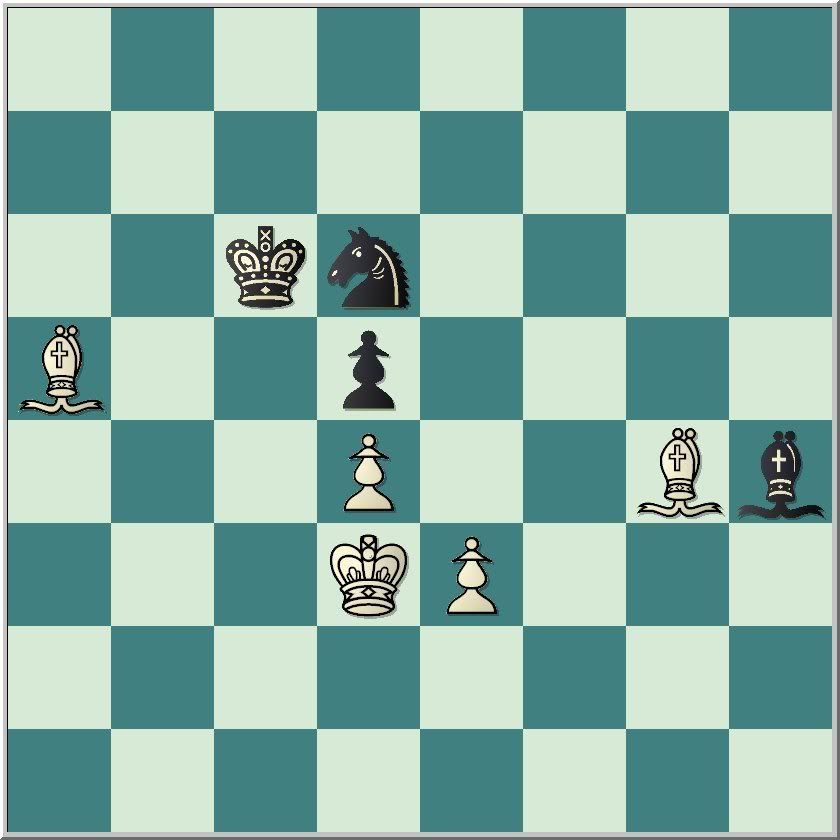
45...Nc4 46.Bc3 Nd6 47.Bf3 Bf2 48.Bd2 Nc4 49.Bxd5 1-0
Short - Kasimdzhanov, after 42.Ng3
Black to move
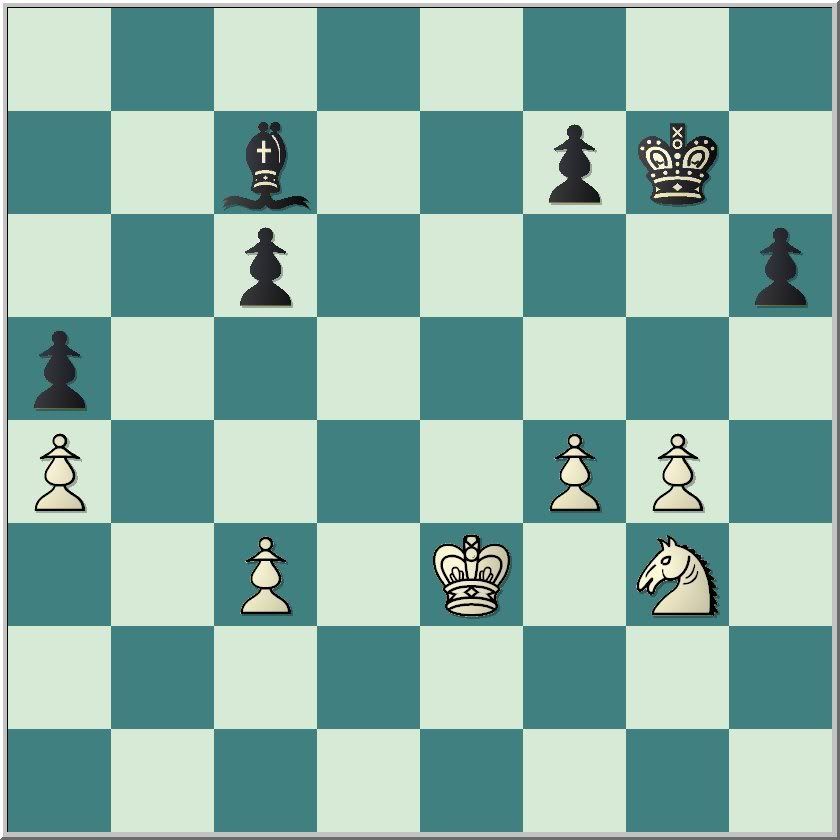
42...Kg6 43.Ke4 Bd6 44.Nf5 Bc5 45.Nh4+
So, I have two endgames to make sense of while they are in progress and my morning caffeine begins to do its work.
Short - Kasimdzhanov, after 45.Nh4
Black to move
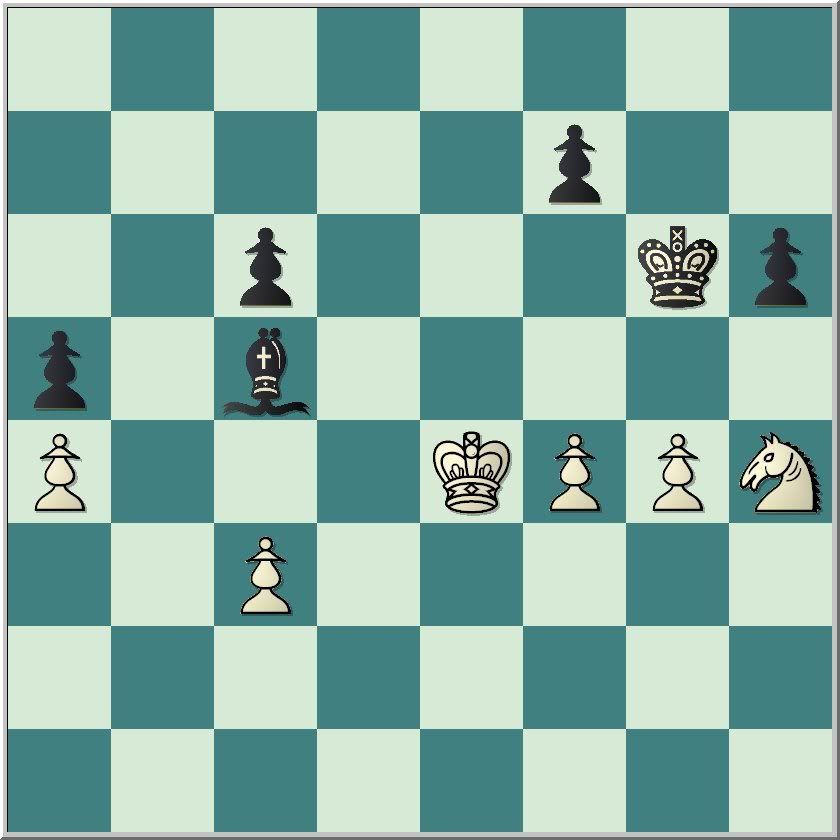
My engine tells me that White has a decisive advantage, but I don't see how Short's forces will be able to break through and make any further progress. It is much easier for a bishop to put a knight in zugzwang than the other way around.
45...Kg7 46.Nf3 f6
Wait! That's a pawn move. Was it forced? Does it improve Black's defensive resources?
It's time for me to make a second pot of coffee.
47.Nd2 Bb6
White to move

48.Kf5 Kf7
Black has weaknesses at f6 and a5, but the knight cannot attack both at once. Perhaps the pawn on c6 is the key top the position?
Meanwhile, Gata Kamsky has won Daniel Stellwagen's rook.
Kamsky - Stellwagen, after 47...Qc5
White to move
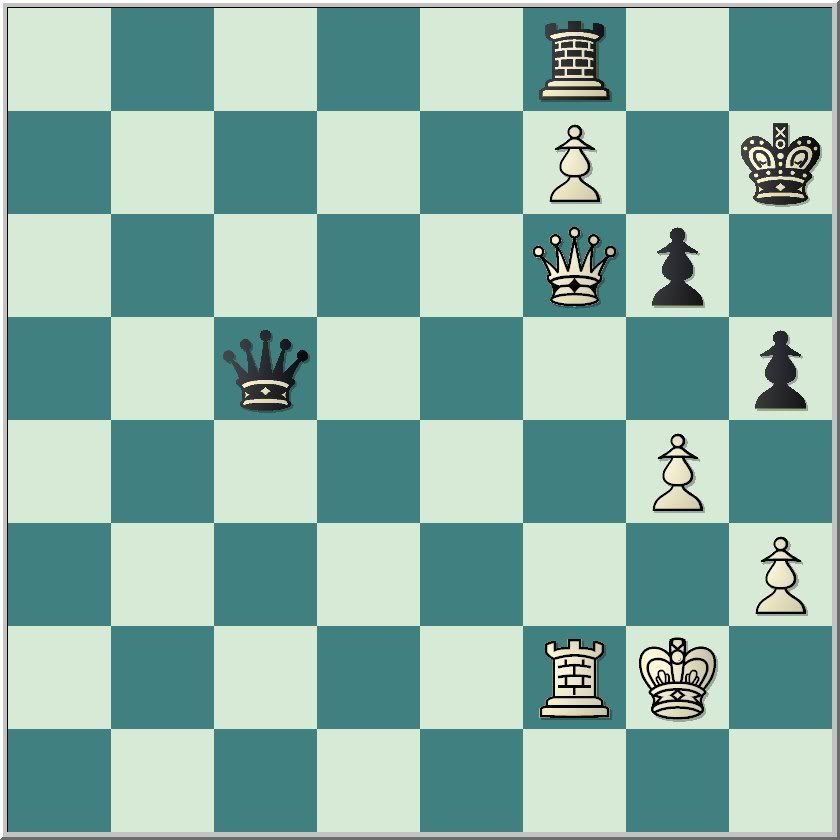
48.Rf4 Qd5+ 49.Kh2 Qd2+ 50.Rf2 Qd5 51.gxh5 Qxh5 52.Qe7 Qh6 53.Kg3
Black to move
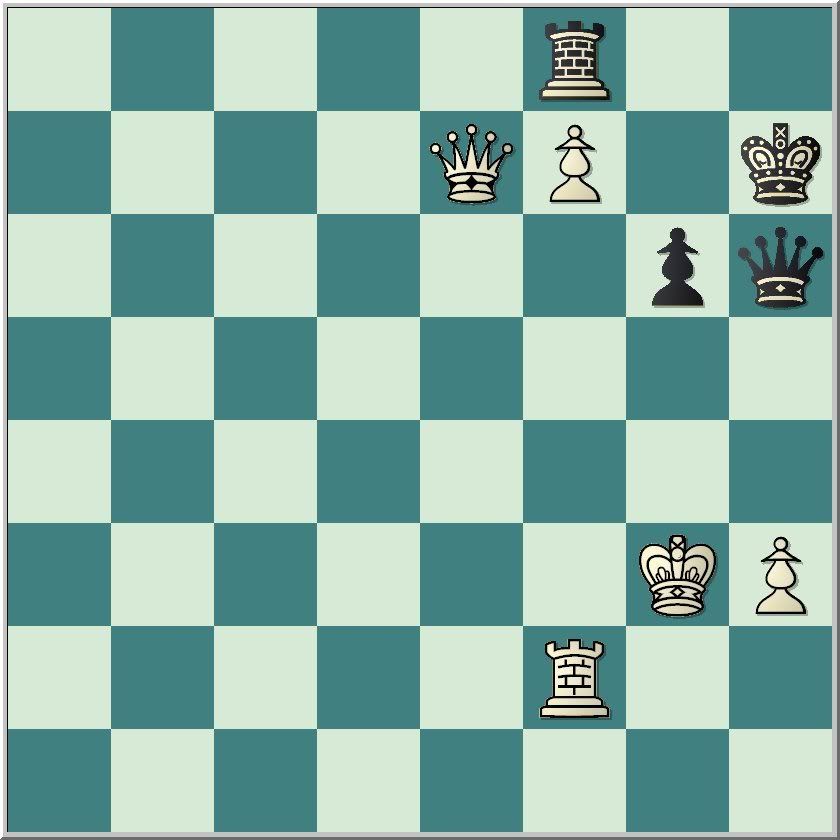
53...Qc1
This looks like an an error.
54.Qxf8 Qe3+ 55.Kg2 Qe4+
Stellwagen's plan is simple: keep the White king in check. Does it work?
56.Rf3 Qe2+ 57.Kg3 Qe5+ 58.Kf2 Qb2+ 59.Ke3 Qe5+ 60.Kd3 Qd5+ 61.Kc2 Qa2+ 62.Kc3 Qa1+ 63.Kc4 Qa6+
While my attention was diverted towards Kamsky's king playing Odysseus, Short - Kasimdzhanov ended:
49.Nb3 Kg7 50.c4 1-0
The c-pawn is the target. Black cannot hold.
Kamsky - Stellwagen, after 63...Qa6+
White to move
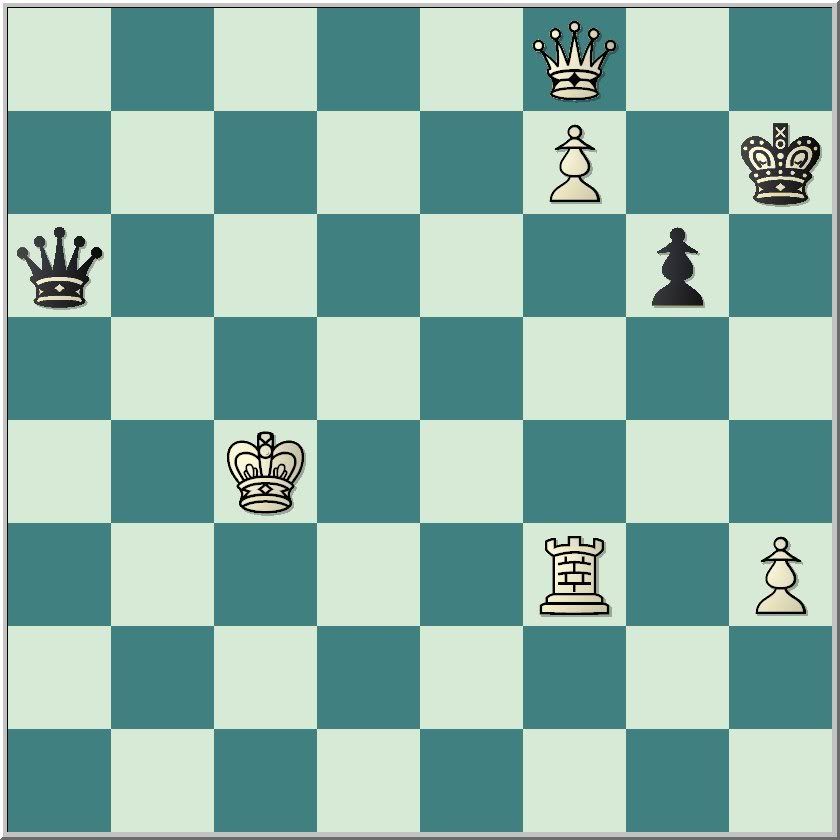
64.Kc3 Qa1+
Where will Kamsky's wandering king find security so that his superior army can get on with the victory?
65.Kb3 Qb1+ 66.Ka4 Qe4 67.Qb4 Qa6+
Hiarcs 12 says the game is a draw. Have they repeated the position? Did Stellwagen's intuition tell him something that remains out of reach of silicon computational possibilities: the White king will find no safety after the rook falls?
They have not repeated the position, but perhaps they will.
68.Kb5 Qb7+ 69.Ka5 Qa7+ 70.Kb5 Qb7+ 71.Kc4 Qe4+ 1/2-1/2
When I started watching this battle two hours ago, my kibitzer had Kamsky ahead by morethan two pawns. Hiarcs 12 is the latest commercial version for PCs of the best engine behind Rybka. As all engines do, it measures positional considerations in pawns. After Stellwagen moved his queen to c1, giving up the rook, the evaluation shot up to more than eight pawns--almost a queen. Yet, Kamsky's wandering king found no security from the dark lady.
Today's lesson:
Do not believe the engines.














No comments:
Post a Comment